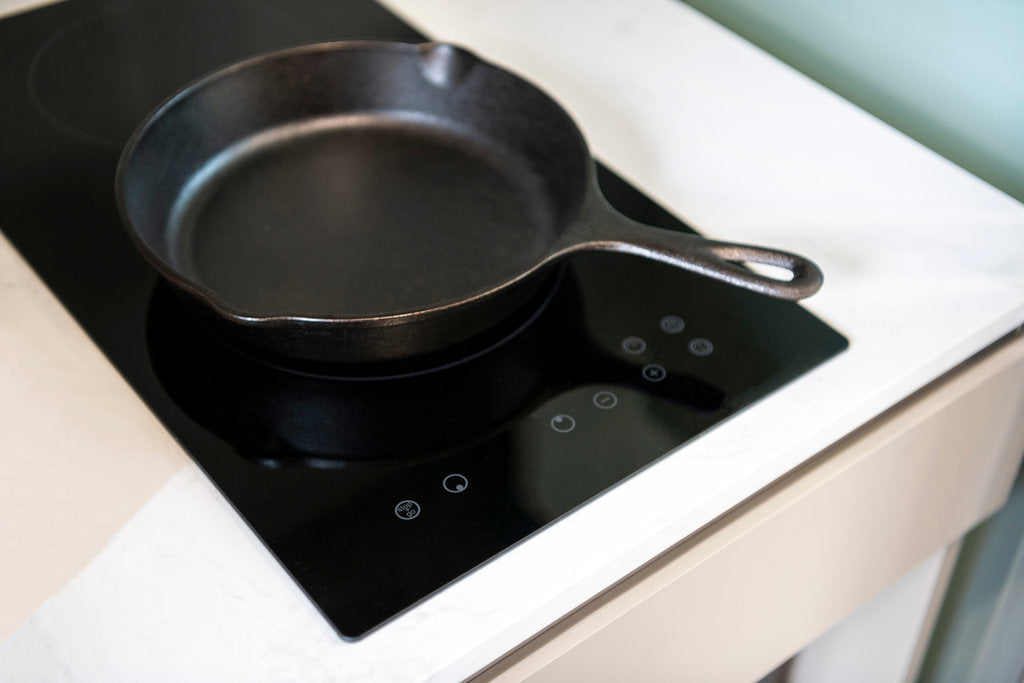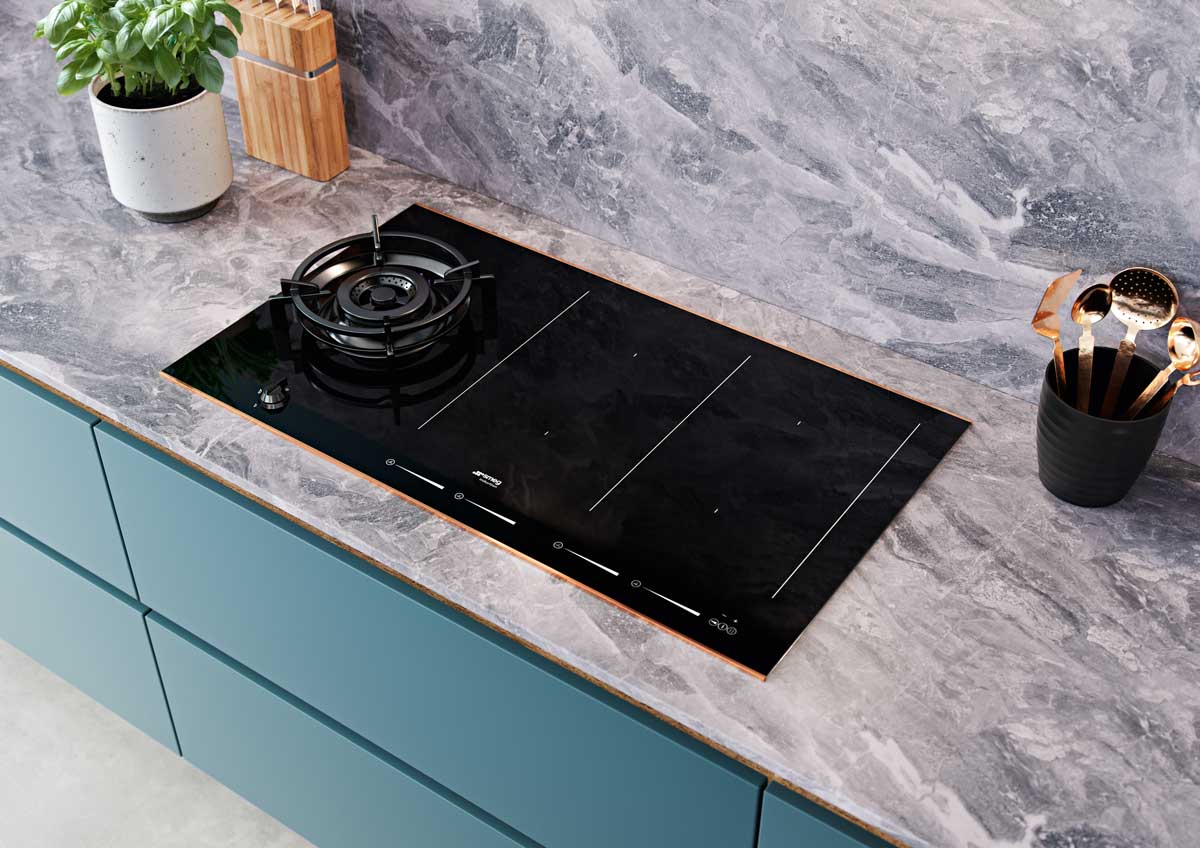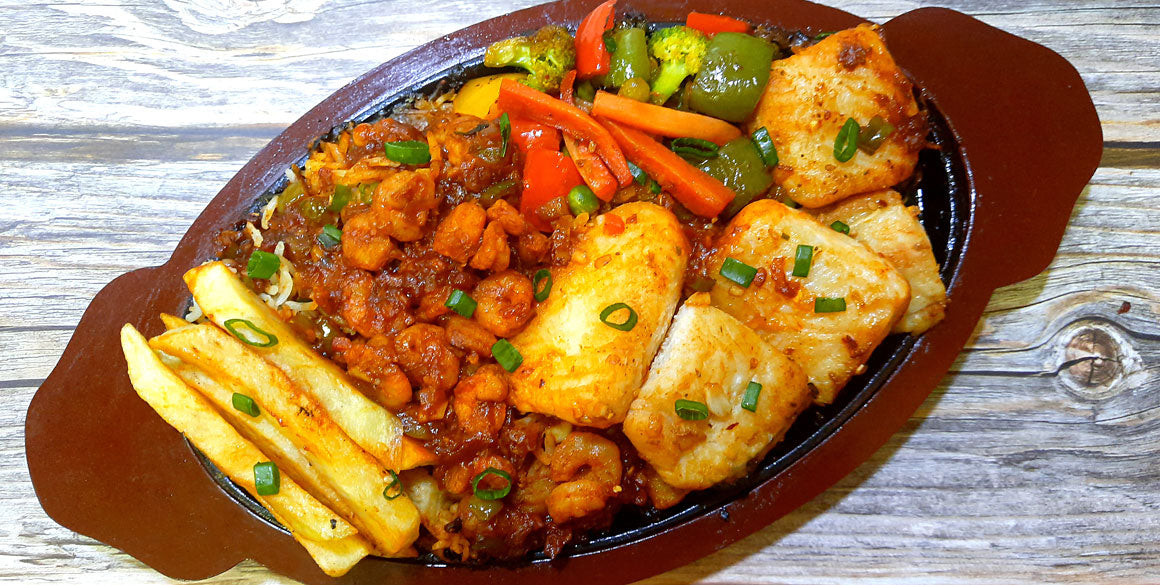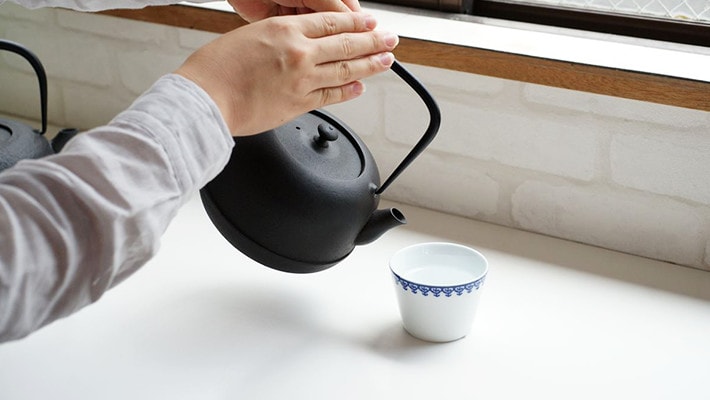For kitchen professionals who are always on the lookout for efficient and reliable cookware, mastering how to use cast iron on induction stovetops can elevate your culinary creations. The marriage of cast iron and induction cooking is not only possible but also offers a range of benefits that can enhance your cooking experience. Understanding the nuances of this combination is crucial for achieving optimal results.
Induction cooktops have gained popularity due to their energy efficiency and precise temperature control. However, they require cookware with magnetic properties. Fortunately, cast iron fits perfectly into this category, making it an excellent choice for induction cooking. Utilizing cast iron on induction offers the advantage of even heat distribution, which is essential for professional chefs aiming for consistent results.

The Science Behind Induction Cooking
Induction cooking operates on the principle of electromagnetic induction. This means that the cooktop itself does not generate heat. Instead, it creates a magnetic field that induces electric currents in the cookware, which in turn generates heat. This process requires cookware that is magnetic and has a flat bottom. Cast iron pans, with their ferrous material, are ideal candidates for induction cooking. This compatibility ensures that your induction-friendly cast iron pans will heat up quickly and evenly, a crucial factor when preparing delicate sauces or searing meats to perfection.
For those who are new to induction cooking, it's important to note that the cooktop surface remains relatively cool. This feature minimizes the risk of burns and makes cleanup easier, as spills are less likely to burn onto the surface. To gain a deeper understanding of the science behind induction cooking, you can explore this Wikipedia page.
Preparing Your Cast Iron for Induction Use
Before using cast iron on an induction cooktop, ensure that your pan is clean and well-seasoned. A well-seasoned cast iron pan not only enhances the non-stick properties but also prevents rusting. To season your pan, apply a thin layer of vegetable oil and heat it in the oven at 350F for an hour, allowing it to cool slowly. This process builds a protective layer, ensuring your cast iron remains in excellent condition.
It is equally important to check the flatness of your cast iron pan. Induction cooktops require close contact between the cooktop and the cookware. If your pan has a warped bottom, it may not perform well on an induction surface. Ensuring that the pan is flat will optimize heat transfer and prevent any potential damage to the cooktop.
Cooking Techniques and Tips
When it comes to cooking with cast iron on induction, certain techniques can help you achieve the best results. Start by preheating your cast iron pan. Induction cooktops heat up quickly, so keep an eye on the temperature to avoid overheating. You can learn more about preheating techniques in this guide on preheating sizzling plates.
One of the benefits of using cast iron is its ability to retain heat. Once heated, reduce the temperature slightly to maintain a steady heat level. This is particularly beneficial for slow-cooking dishes like stews or braises. For more inspiration, check out these vegan recipes that are perfect for cast iron cooking.
Cleaning and Maintenance
Proper maintenance is crucial for extending the lifespan of your cast iron cookware. After cooking, allow the pan to cool slightly before cleaning. Avoid using soap, as it can strip the seasoning. Instead, use hot water and a stiff brush to remove any food particles. For stubborn residue, a paste of salt and water can be used as a gentle abrasive.
After cleaning, dry the pan thoroughly to prevent rust. Applying a thin layer of oil after drying can help maintain the seasoning. Store your cast iron in a dry place, and avoid stacking it with other cookware to prevent damage. For more tips on maintaining your cast iron, you can explore this Lodge Cast Iron guide.

Faq
Can any cast iron pan be used on an induction cooktop?
Yes, most cast iron pans are compatible with induction cooktops as they are made of ferrous material which is required for induction cooking.
How do I know if my cast iron pan is induction-ready?
If a magnet sticks to the bottom of your pan, it is induction-ready. You can also look for 'induction-friendly' labels when purchasing new cast iron cookware.
What are the benefits of using cast iron on induction?
Using cast iron on induction provides even heat distribution, energy efficiency, and precise temperature control, making it ideal for professional chefs.






Leave a comment
This site is protected by hCaptcha and the hCaptcha Privacy Policy and Terms of Service apply.